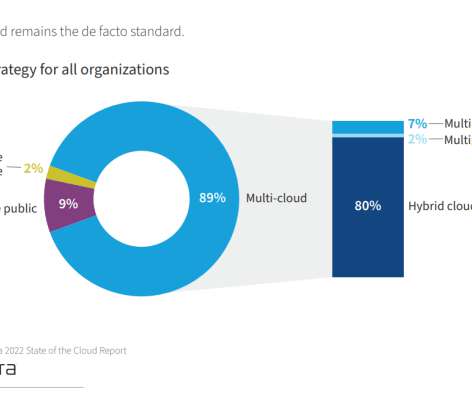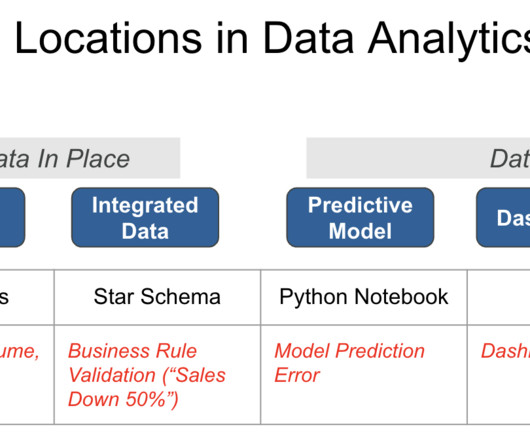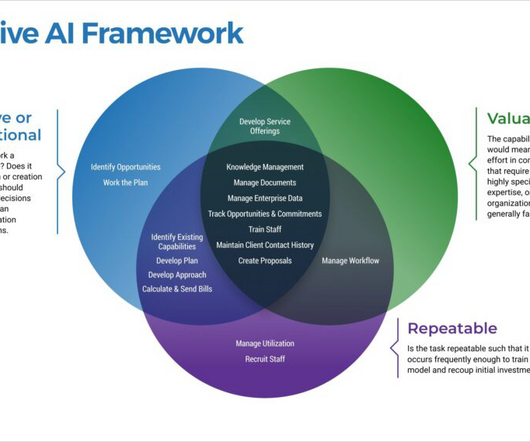12 Cloud Computing Risks & Challenges Businesses Are Facing In These Days
datapine
MAY 31, 2022
Like many other branches of technology, security is a pressing concern in the world of cloud-based computing, as you are unable to see the exact location where your data is stored or being processed. This increases the risks that can arise during the implementation or management process. Cost management and containment. Compliance.


















Let's personalize your content